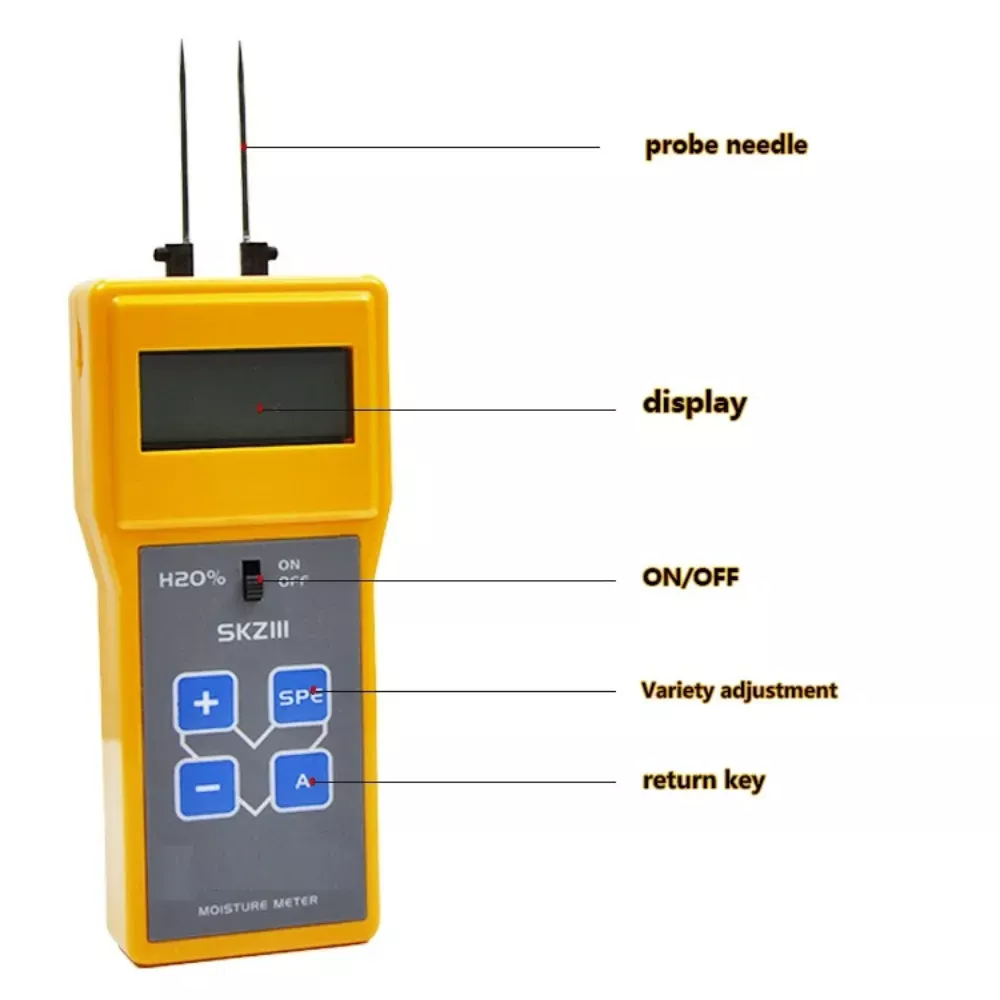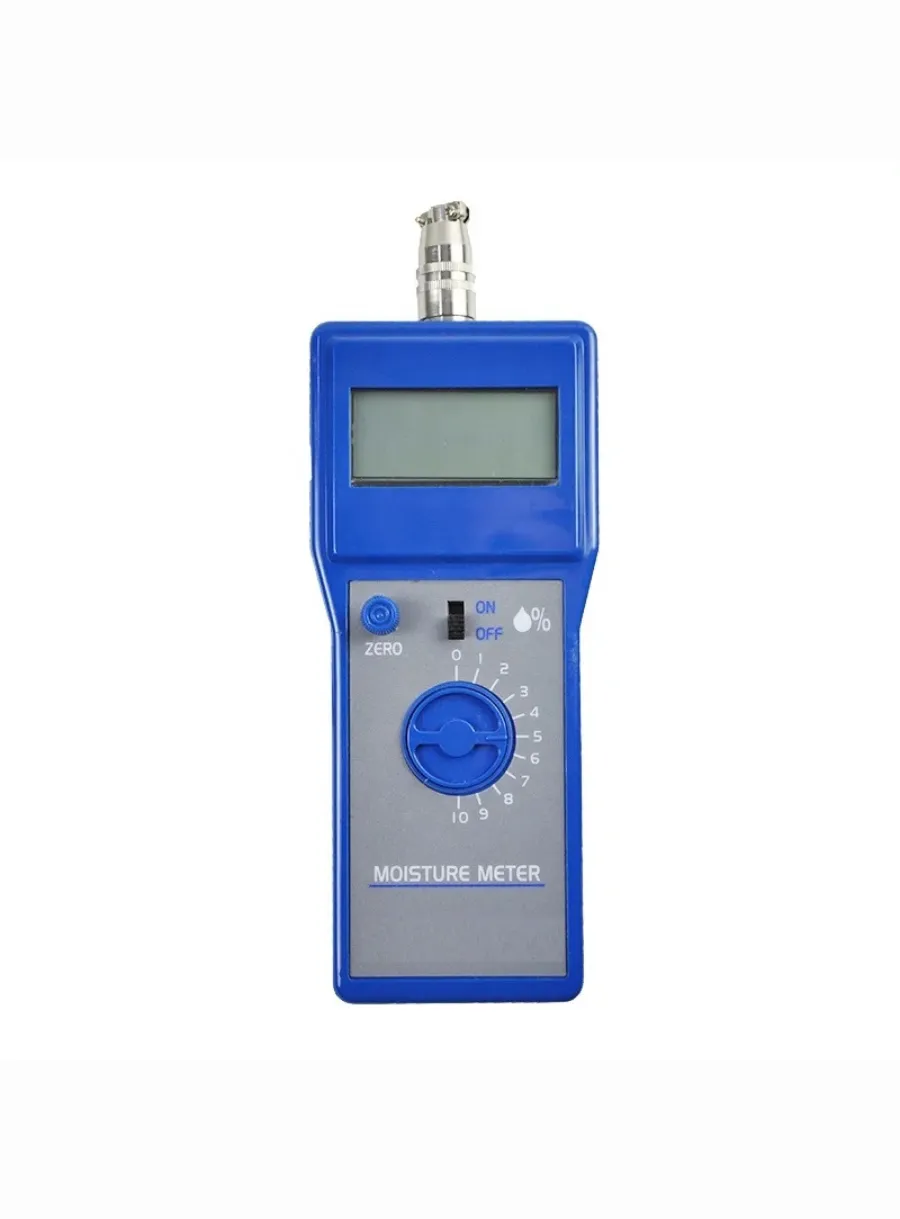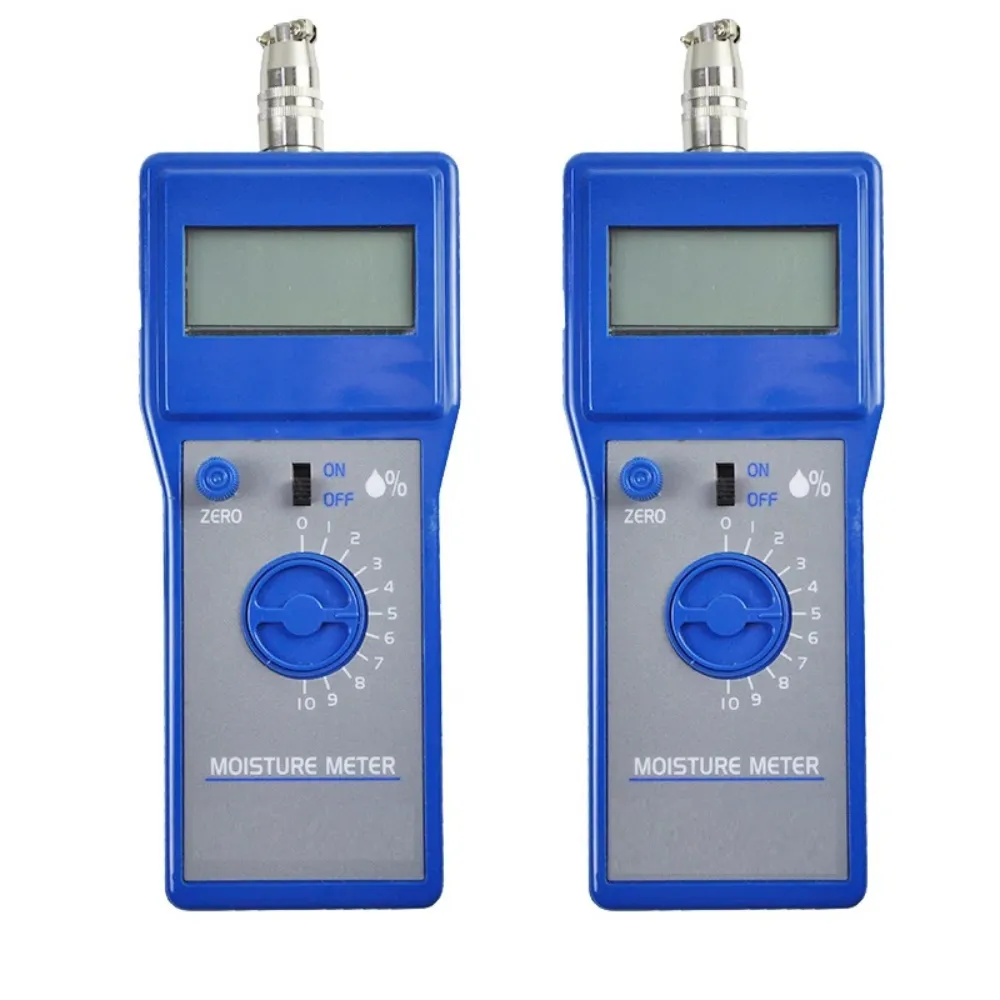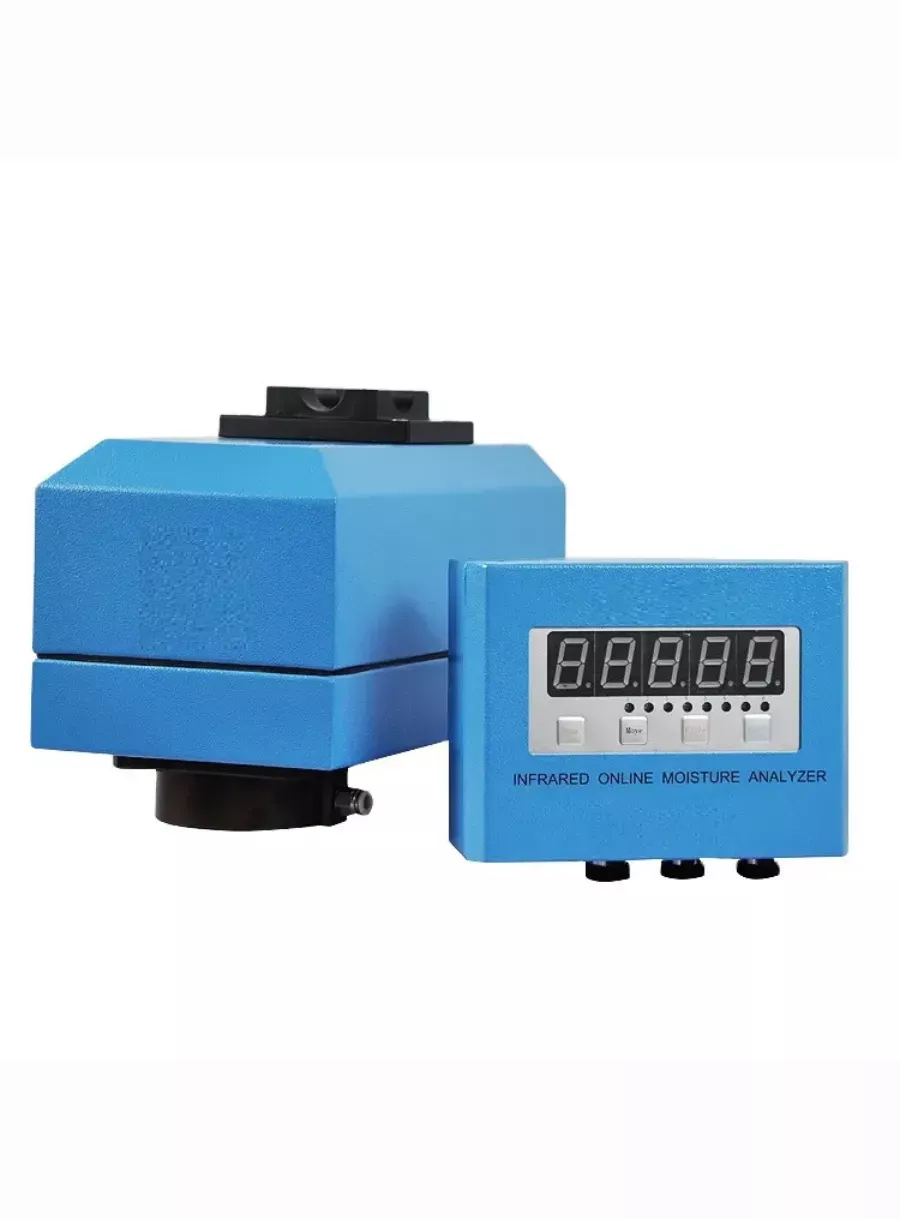
How to Choose the Right Food Moisture Meter for Your Needs
This comprehensive guide delves into the importance of food moisture meters, explores their working principles, and highlights the different types available on the market.
Table of Contents
Understanding Your Food Testing Needs
First and foremost, consider the type of food products you will be testing. Different Food moisture meters are designed for different types of food, such as baked goods, dairy products, meat, and produce. For example, a food moisture meter designed for measuring the moisture content of baked goods may not be suitable for measuring the moisture content of meat. Therefore, it is essential to choose a food moisture meter that is specifically designed for the type of food products you will be testing.

Prioritizing Accuracy and Precision
Next, consider the accuracy and precision of the food moisture meter. The accuracy of a food moisture meter refers to how close its measurement is to the true value, while the precision refers to the consistency of the measurements. A food moisture meter with high accuracy and precision is essential for ensuring that your food products meet the desired moisture content. Look for a food moisture meter that has a high resolution and a small measurement range, as these factors contribute to the accuracy and precision of the meter.
Ease of Use: Simplifying Moisture Measurement
Another important factor to consider is the ease of use of the food moisture meter. A food moisture meter that is easy to use will save you time and effort, and will also reduce the likelihood of errors in measurement. Look for a food moisture meter that has a user-friendly interface, clear instructions, and a simple calibration process. Additionally, consider a food moisture meter that has a built-in temperature sensor, as this will allow you to measure the moisture content of your food products at different temperatures.

Durability and Reliability: Investing for the Long Term
The durability and reliability of the food moisture meter are also important factors to consider. A food moisture meter that is durable and reliable will provide accurate and consistent measurements over an extended period of time, which is essential for maintaining the quality and safety of your food products. Look for a food moisture meter that is made from high-quality materials, has a sturdy construction, and is backed by a warranty.
Balancing Cost and Performance: Finding the Right Value
Lastly, consider the cost of the food moisture meter. While it is important to choose a food moisture meter that meets your specific requirements, it is also important to consider your budget. Look for a food moisture meter that offers the best value for money, and that provides a balance between cost and performance.
Comments
Tags
Frequently Asked Question
Accuracy can vary, but look for meters with accuracy within +/- 0.1% to +/- 0.3% for reliable measurements.
While some meters are versatile, it’s often best to choose a meter specifically designed for the type of food you’ll be testing for optimal accuracy.
Calibration frequency depends on usage but is generally recommended at least annually or according to the manufacturer’s guidelines.
Consider features like data logging, connectivity options (USB, Bluetooth), multiple language settings, and carrying cases for added convenience and functionality.


